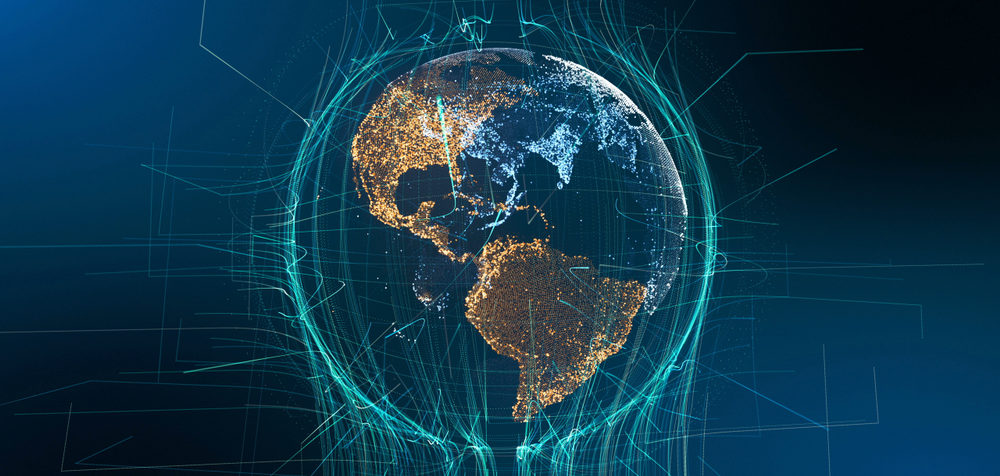
Visible light communication (VLC) – a wireless method that enables high-speed transmission of data with visible light – is a promising technology for future 6G networks. The use of visible light for data transmission has many advantages over technologies that use radio frequency. Its biggest advantage is the size of the entire visible light spectrum – over 10,000 times larger than the already congested radio spectrum.
“VLC is quite simple and interesting,” says Jie Xiong, the paper’s senior author. “Instead of using radio signals to send information wirelessly, it uses the light from LEDs that can turn on and off, up to one million times per second.”
Recent studies, however, have shown that a VLC transmitter not only emits visible light signals, but also leaks RF signals during the transmission. To harvest the waste energy from VLC, researchers at the University of Massachusetts Amherst have invented a low-cost, innovative way to use the human body as an antenna.
The team designed an antenna out of coiled copper wire to collect the leaked RF signals. To increase the collection of energy, they experimented with differing designs, and discovered that the efficiency of the antenna also varied according to what the antenna touched. After testing the coil on plastic, cardboard, wood, and steel, they tested the coil’s ability to collect leaked RF energy when it came in contact with a human body. They discovered that a human body is the best medium for maximizing the coil’s ability to collect leaked RF energy – up to ten times more than the bare coil alone.
Based on this, the team created a system called “Bracelet+,” which involves the human body in the system to increase the harvested power. They prototyped the coil antenna as a bracelet that achieves both high harvested power and convenience for wearing. In tests, the average power of the RF energy harvested by the new device was ten times larger than that of the conventional coil antenna – without causing any interference to the communication of VLC systems. The harvested power can reach a micro-watt level of harvested energy which has the potential to power ultra-low-power sensors – such as temperature sensors and glucose sensors.
“Ultimately,” says Xiong, “we want to be able to harvest waste energy from all sorts of sources in order to power future technology.”
